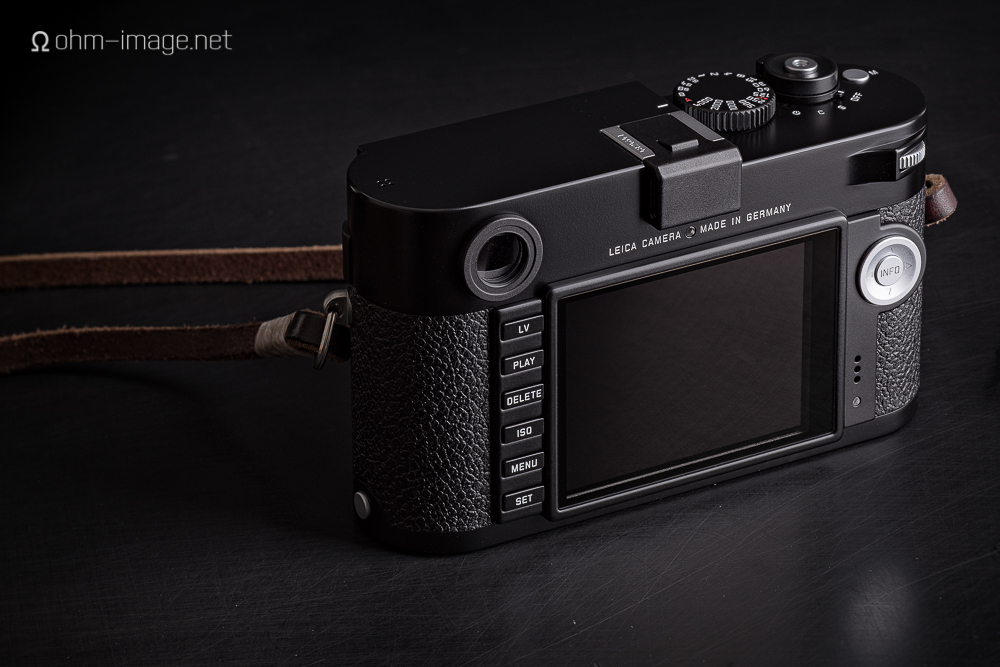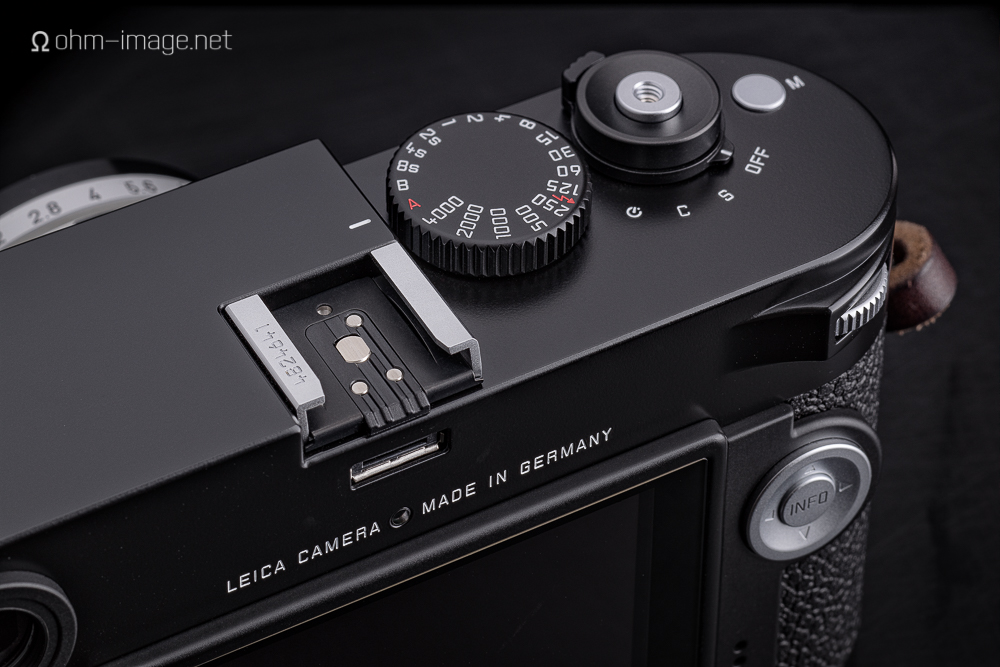No one does her homework like Thom Hogan. Thom asked readers to answer the simple question: send me the biggest problem you need solving.
Thom summarised and commented on the responses to his question. It is a great read.
I think he nailed it in the below comment:
“I’m not going to belabor the point. Workflow is only going to be solved with software, both in the camera and out. I think most of you know what I think about most Japanese photographic software efforts to date. Moreover, it’s Silicon Valley that’s beating the drum that everyone has to march to. So here’s the solution to the problem: a Western-style design organization headquartered in Silicon Valley that’s driving the software side of cameras. The Japanese companies are already late to the game. In fact, the game is almost over and the other team is winning. It may be that the Japanese didn’t realize that there even was a game that they needed to play. ”
Japanese companies are not able to design and implement human-friendly software or interfaces. They are great at designing and implementing reliable electronics. That work needs to be offloaded to companies/regions that are proficient in design.
I say this whilst charging yet another dead battery without which I am unable to turn on my fan, air conditioner, thermostat, etc.











